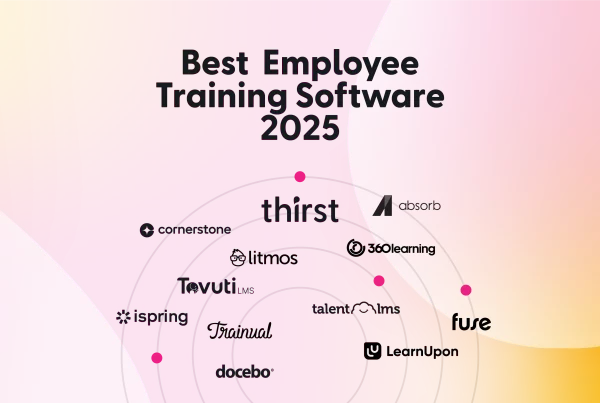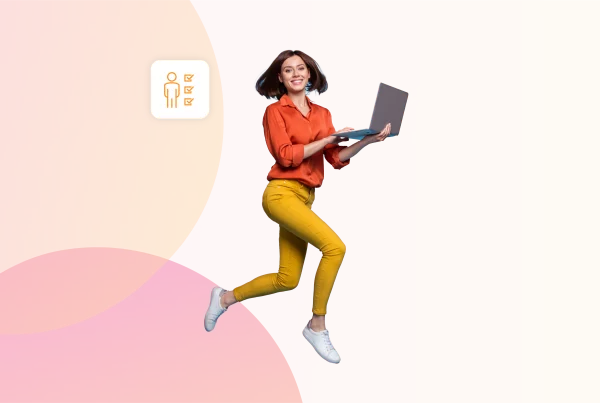Gamification is nothing new in the world of e-learning, but its position is no longer a nice-to-have additional feature; it’s becoming a staple of most learning platforms. But did you know how many gamification ideas have been taken from video games?
Rewards and tokens
One of the most fundamental forms of gaming is based upon a rewards system. Complete a task, receive a reward. Pretty simple. Haptic feedback is common within games during the process too, be it a vibration or a satisfying “ping.” This same logic has been carried through to learning software. It makes sense, complete an action, receive a reward, stay engaged.
Narrative-based storytelling
Video games have become events in their own right, and many are now designed, and purchased, because of the story that their audience can, and does, become invested in. Good examples over the past couple of years include The Last of Us (1&2), Ghost of Tshuma and God of War, to name a few. The big draw of these games has been the continuation of the narrative, both during and from one version to another. Players want to know what happens, and thus stay engaged whilst playing, even if the game is sub par. They’re also much more likely to purchase the sequel.
Learning platforms can do the same with their learners, and bring them along a story that leads to a finale. Whether this is displayed through metaphorical characters or literal-based storytelling (common in historical-based learning), translating the notion of learning and absorbing information into the event of a journey has real tangible benefits on capturing and keeping the interest and attention of learners.
Leveling up
Not too dissimilar to rewards, levelling up has also become a staple of e-learning. The ability to compete and compare yourself against others, whether that be friends or strangers from all over the world, and get better to be able to beat them, gives the user a greater, personal sense of accomplishment and achievement.
Countdowns and deadlines
You’re working on a project, but you see a 10 minute countdown timer in the corner, argh! This creates an additional sense of urgency, encouraging you to push harder for this shorter, finite amount of time – a classic video game concept. Tomb Raider was one of the most famous games for doing this, giving players a deadline before “failing” or “dying.”
The consequences are not quite as severe for learners on learning platforms, but the concept of deadlines and/or limiting the time available to complete a task adds a healthy pressure which can help learners to focus, stay motivated and determined not to fail because of running out of time.
Collaborative learning
This one may not be completely stolen from video games, but there is an entire generation of learners that use gaming chats to socialise, collaborate on projects and work together as teams to achieve a certain objective, regardless of whether or not the players know each other or even live in the same country. If gaming can be fun and social, and has evolved to be ever-more inclusive and accessible, then it makes sense that doing the same in online learning can only be a positive step forward.
Conclusion
The line between learning and play has become deliberately blurred. These additions to the learning process have ushered in a new way for learning and development managers to think about how they can inspire their staff to engage more actively and happily with professional training.
What was once seen as a bit of a gimmick is now at the forefront of the learning and development industry. Think about some of the ways in which gamification can be introduced to your team. How would you capitalise on higher staff engagement rates? Gamification in learning gives you the opportunity to make learning fun again. And let’s face it, we could all probably do with a bit more of that!







